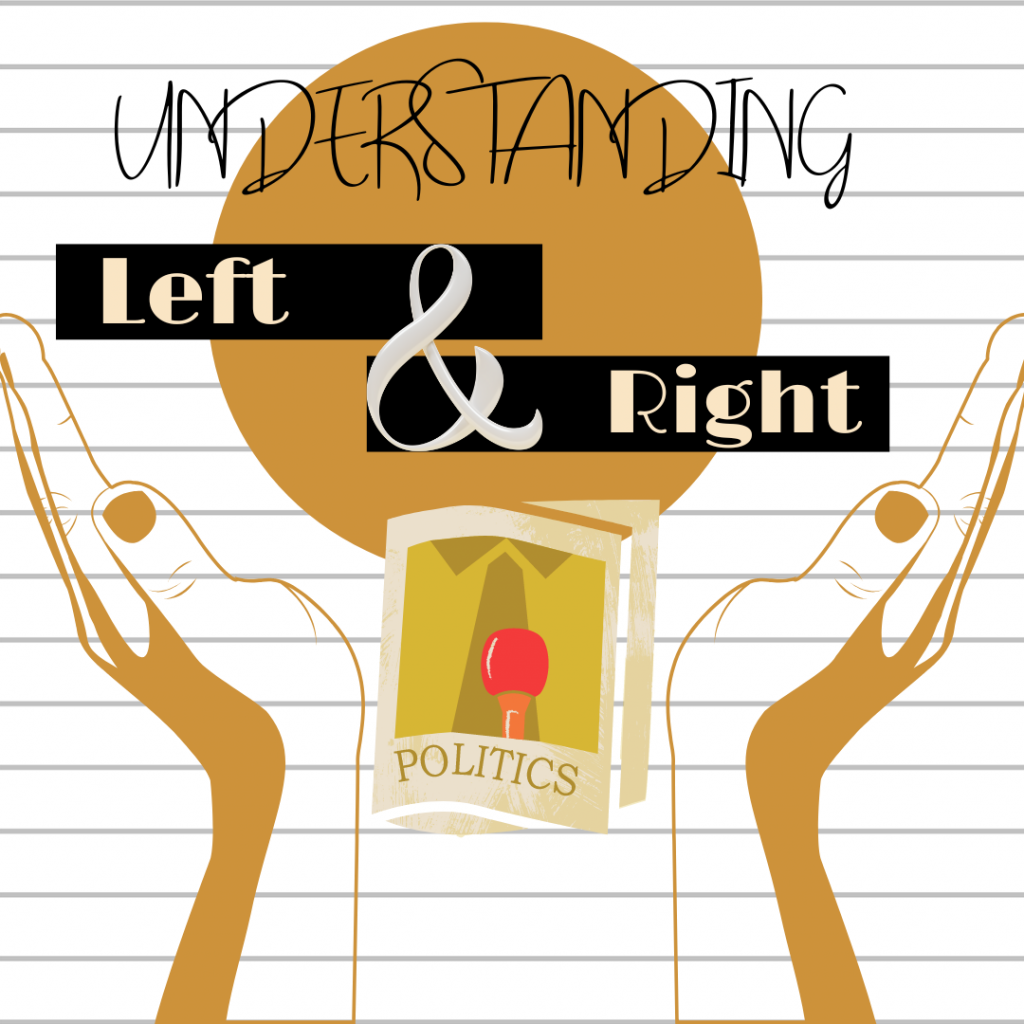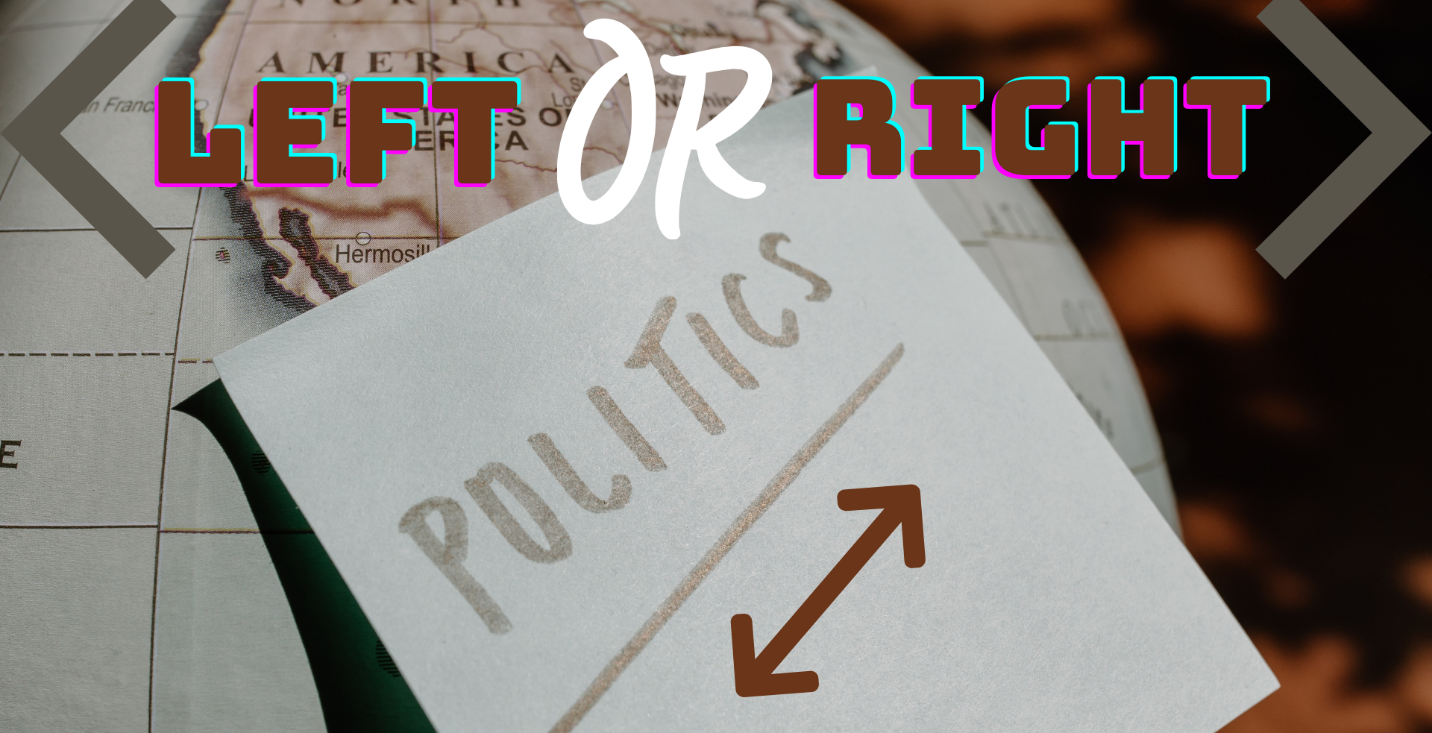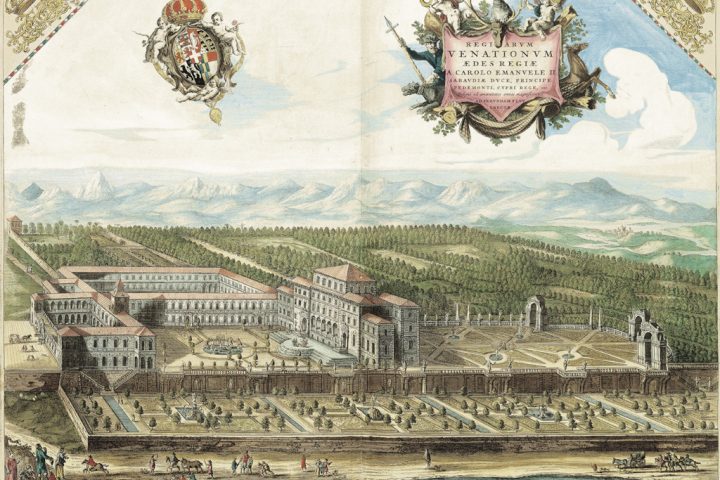Ever wondered what is meant by the left and right of politics? Stick around and find all you need to know about the left and right political spectrum.
Left or right politics, also referred to, or closely associated with ‘Left-Wing Politics’ and ‘Right-Wing Politics,’ are two ideologies of politics, dictated by unique opposing perspectives.
Hence, the left and right may be considered as two opposing spectrums of politics, which each end (left or right) characterizing a specific set of principles.
In a nutshell, those who follow the left-hand side of politics, oppose the right-hand side, and those who follow the right-hand side of politics, oppose or negate the left-hand side of politics.
Let’s dive deeper into the concept.
The Left And Right Of Politics: Origins And History
The terms ‘left’ and ‘right’ in politics were first adopted during the French Revolution, in 1789 when members of the national assembly divided into supporters of the king and supporters of the revolution. The king’s supporters sat to the right of the chair and the revolution’s supporters sat to the left of the chair.

As the revolution kicked off, the difference between two opinions or the ‘Political Spectrum’ was popularized and started popping up in magazines and media covers during the late 1800s’.
In 1870, The Nation, a popular and renowned weekly magazine, mentioned the term ‘political spectrum,’ which marked the concept’s familiarization and popularization amongst people, through ongoing media spreads.
During the early 1900s’, the concept of ‘left’ and ‘right’ of politics, as political spectrums, became the talk of the town.
Hence, from that point onwards, the ‘left’ and ‘right’ of politics started being discussed in the local language and media broadcasting, where opinions were being publicly discussed about the societies and governments following the left or right wing of politics.
Theory and Facts Behind Left-Wing Politics And Right-Wing Politics
As we talked about the origins and brief history of the concept of left and right politics, it is important to understand what these terms theoretically mean.

Here’s a table for you to understand, at a glance, the ideology behind the left and right political spectrum:
| Theoretical Differences Between the Left Side And Right Side of Politics |
| Left Side of Politics | Right Side of Politics |
| Supporters | Ideology | Supporters | Ideology |
| Socialists | Equality for all (in a society) | Republicans | Advocating traditional values and norms characterized by social conservatism |
| Revolutionists | Changemakers against the status quo | Conservatives | Preserving traditional values (being conservative and opposing change) |
| Communists | Accessibility of goods for all (in a society) | Localists | Support for personal freedom and local interests (negating outside interference) |
| Liberalists | Defying established traditional and orthodox norms (embracing and advocating freedom) | Capitalists | Advocating and promoting private ownership characterized by fiscal conservativeness |
| Democrats | Advocating the rule of the common man (people get to choose) | Nationalist | Supporting military rule, nationalism, and natural social hierarchy |
Some Interesting Facts and References:
- Leftists usually believe in Darwin’s theory of evolution and negate the existence of God (Atheism)
- Though Socialism was theoretically against Capitalism and advocated social equality – socialist countries like China (for the last 73+ years) have a big income disparity problem
- The french revolution was based on the idea of uprooting the monarchy and socialists theoretically fought for democracy, but China (a socialist country) is usually considered an authoritarian one-party state and dictatorship
- Socialists advocate man-woman equality, but many believe that socialism has destroyed the traditional bond between man and woman, and is destroying the family as a basic social unit.
Something Worth Noting…
It is worth noting that the terms ‘left’ and ‘right’ are general and should not be taken as it is.
Instead, the extremes of the ‘left’ and ‘right’ views of politics, with far left or far right being the extremes of both political spectrums, the center of left or center of right highlighting a moderate outlook of the political spectrums, and slightly left of center or slightly right of center indicates above average (or more than moderate) outlook of the political spectrum.
Additionally, you should not perceive governments of developed or developing nations as standalone ‘right’ or ‘left’ political governments. Instead, there are different right-wing and left-wing parties within nations and countries, and the country itself will not necessarily be on the left side of politics (completely) or the right-hand side of politics (completely).
Countries and nations will have communities, societies, groups, people, and parties, supporting both right-wing politics and left-wing politics.




